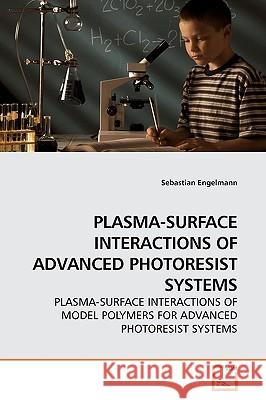Plasma-Surface Interactions of Advanced Photoresist Systems » książka
Plasma-Surface Interactions of Advanced Photoresist Systems
ISBN-13: 9783639178241 / Angielski / Miękka / 2009 / 172 str.
Plasma based transfer of photoresist (PR) patterns using 193nm PR films usually suffer from high removal rates and excessive surface and line edge roughness. The effects of process time, PR material, bias and source power, pressure and gas chemistry were studied. Polymer destruction in the top surface, oxygen and hydrogen loss along with fluorination were observed for all materials initially, which was followed by steady state etch conditions. A strong dependence of plasma-induced surface chemical and morphological changes on polymer structure was observed. In particular, the adamantane group of 193 nm PR showed poor stability. Two linked mechanisms for the roughening behavior of the films during processing were identified: A physical pattern transfer mechanism enhances initial roughness by nonuniform removal. Additional to that, roughness formation occurred linear to the energy density deposited during processing.Even for various feedgas chemistries adamantyl containing polymers show enhanced roughening rates, suggesting that the instability of the adamantyl structure used in 193nm PR polymers is the performance limiting factor for processing PR materials.











